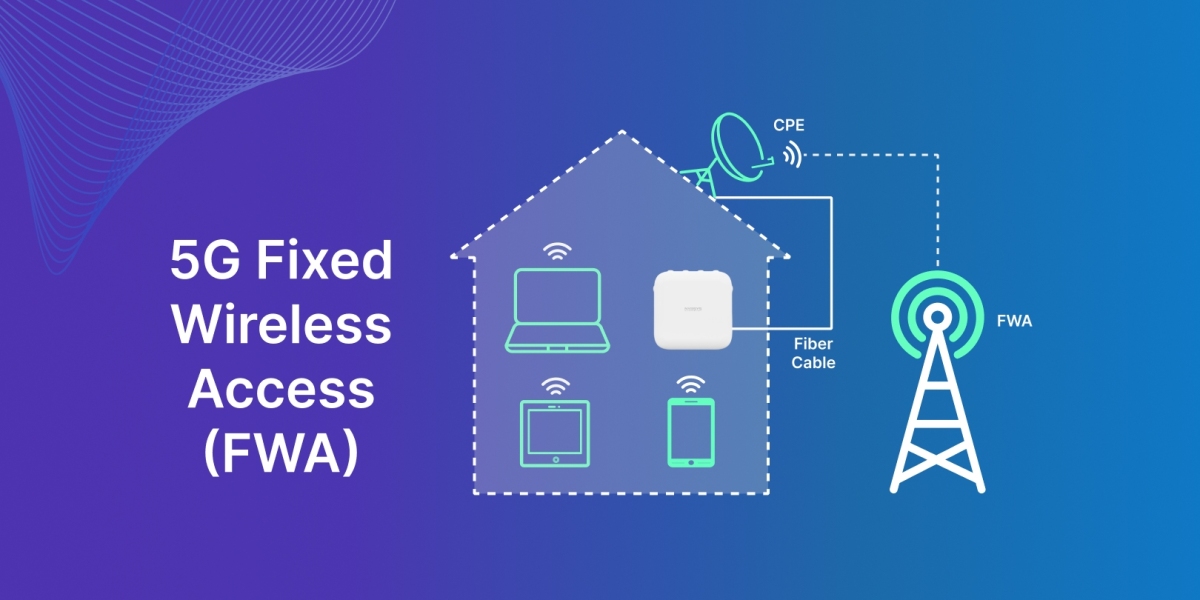In recent years, radiofrequency (RF) devices have become indispensable tools in both medical and aesthetic applications. Known for their minimally invasive nature, these devices utilize electromagnetic waves to generate heat and stimulate targeted tissues. From skin tightening to pain management and tumor ablation, the versatility of RF technology has redefined non-surgical procedures across various healthcare sectors.
The growing demand for minimally invasive treatments and advancements in RF-based technology are key drivers behind their widespread adoption. As healthcare professionals and consumers alike seek safer, faster, and more effective alternatives to conventional surgery, RF devices have emerged as a reliable solution offering both therapeutic and cosmetic benefits.
According to Market Intelo, “The global Radiofrequency Device size was valued at approximately USD 3.5 billion in 2023 and is projected to reach USD 5.9 billion by 2032, growing at a compound annual growth rate (CAGR) of 6.0% during the forecast period 2023 - 2032.”
How Radiofrequency Devices Work
RF devices deliver controlled energy to specific areas of the body, generating heat that causes coagulation, denaturation, or stimulation of tissue depending on the application. This controlled thermal effect can promote collagen production, destroy abnormal cells, or reduce nerve activity.
The mechanism of action varies slightly based on the treatment purpose:
Aesthetic procedures: Stimulate dermal collagen regeneration
Pain management: Ablate nerve tissues to block pain signals
Oncology: Target and destroy cancerous cells through localized heating
The flexibility of RF energy allows practitioners to customize procedures based on tissue type, depth, and patient needs, making it a widely accepted modality in modern clinical practice.
Common Applications of RF Devices
1. Dermatology and Aesthetics
RF devices are a staple in aesthetic dermatology. They’re commonly used for:
Skin tightening and wrinkle reduction
Cellulite treatment
Acne scar improvement
Unlike lasers that target pigments, RF energy works independently of skin tone, making it suitable for all skin types.
2. Pain Management
In orthopedic and neurological settings, RF ablation is used to treat chronic pain, especially in the back, neck, and knees. This approach provides a non-narcotic alternative for pain relief, contributing to its growing preference among clinicians.
3. Oncology and Surgery
In oncology, RF ablation is used to destroy small tumors in organs such as the liver, lungs, and kidneys. In surgical settings, RF energy is employed for coagulation, cutting, and tissue dissection, often leading to less blood loss and quicker recovery.
Key Drivers Behind the Demand
Several factors contribute to the growing popularity of RF devices:
Non-invasive alternatives: As patients seek treatments with minimal downtime, RF devices offer safe, outpatient procedures.
Aging population: A surge in age-related skin concerns and chronic conditions fuels demand.
Technological innovation: Enhanced precision, real-time monitoring, and multi-applicator systems have increased efficacy.
Cost-effectiveness: Compared to surgeries, RF procedures are often less expensive, reducing overall healthcare costs.
These factors collectively highlight why RF devices are no longer niche tools but vital elements in contemporary treatment protocols.
Regional Trends in RF Device Usage
The regional distribution of the Radiofrequency Device is characterized by varying growth rates, market shares, and consumer preferences. North America leads the global market, accounting for approximately 32% of total revenue in 2024, or about USD 940 million.
Read Full Research Study – https://dataintelo.com/report/radiofrequency-device-market
This dominance is primarily due to high healthcare spending, early technology adoption, and increasing demand for aesthetic procedures. Europe follows closely, driven by regulatory approvals and rising cosmetic awareness. Meanwhile, Asia-Pacific is anticipated to witness the fastest growth, with increasing disposable incomes and a rapidly expanding medical tourism sector.
Challenges Facing RF Device Adoption
Despite their advantages, several challenges limit the widespread adoption of RF devices:
High initial cost: Advanced RF systems can be costly for smaller clinics or emerging markets.
Need for skilled professionals: Operating RF devices requires proper training to avoid complications like burns or nerve damage.
Variable results: Patient outcomes can vary based on skin type, age, and overall health.
Addressing these concerns through training programs, affordability initiatives, and ongoing research can significantly enhance the utility of RF technology in underserved regions.
Future Outlook and Innovations
Emerging trends indicate a strong trajectory for RF device innovation:
1. Integration with AI and Imaging
AI-assisted feedback mechanisms and image-guided RF systems are improving treatment precision, especially in tumor ablation and neurosurgery.
2. Wearable RF Technologies
Researchers are developing wearable or patch-like RF devices for chronic pain and rehabilitation therapies. These can offer consistent, low-intensity treatments without clinic visits.
3. Combination Therapies
RF devices are increasingly used in conjunction with other technologies, such as microneedling, ultrasound, or cryolipolysis, enhancing treatment outcomes across applications.
With continual R&D investments and patient-centric design, the role of RF devices in healthcare will only grow stronger.
Comparing RF Devices with Other Modalities
It’s essential to distinguish RF technology from other popular energy-based treatment options:
| Technology | Energy Type | Typical Applications | Pros | Cons |
|---|---|---|---|---|
| Radiofrequency | Electromagnetic | Aesthetic, Pain, Oncology | Non-invasive, deep tissue penetration | Requires skilled operation |
| Laser | Light-based | Hair removal, skin resurfacing | High precision | Limited to specific skin tones |
| Ultrasound | Sound waves | Fat reduction, skin lifting | Deeper penetration, minimal damage | Slower results |
| Cryotherapy | Cold temperature | Fat freezing, inflammation | Painless, targeted fat loss | Risk of frostbite or uneven fat loss |
This comparison highlights RF devices as a balanced choice—offering both depth and safety for a broad range of clinical needs.
Final Thoughts
As healthcare continues to move toward personalized, efficient, and minimally invasive treatments, radiofrequency devices are positioned at the forefront of innovation. Their adaptability across disciplines—from cosmetic rejuvenation to cancer therapy—illustrates the dynamic potential of this technology.








